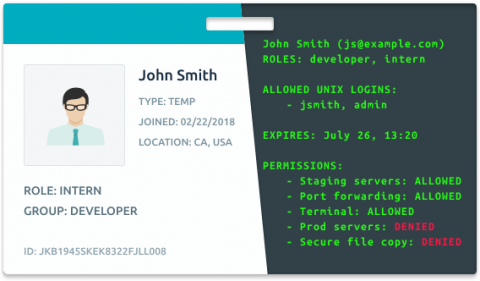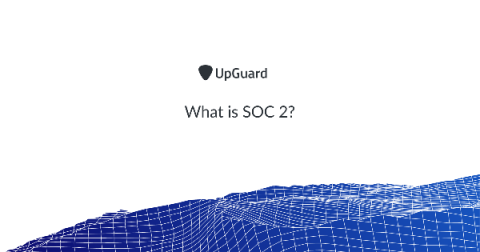Getting Visibility Across Your Cloud Environments
Are you an engineer or a manager working on a cloud application running in production? Do you have to type ssh or kubectl frequently to get things done? Does auditing, compliance, or access control sound mildly painful? This blog post is for you! In a world full of hackers, data breaches, and data privacy legislation, getting visibility into who is accessing your infrastructure (i.e., cloud or dedicated production environments where applications are hosted) and what they’re doing is vital.









